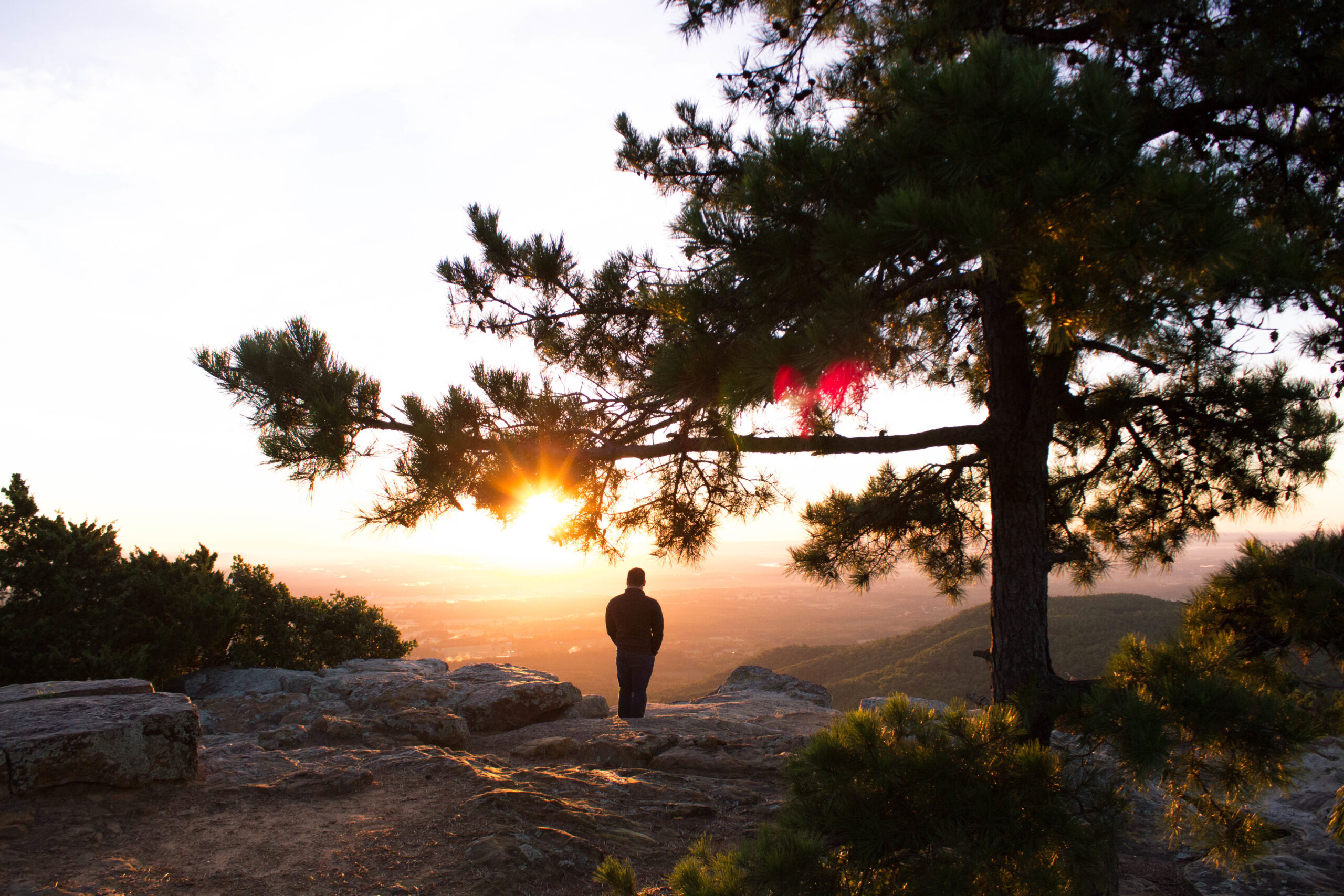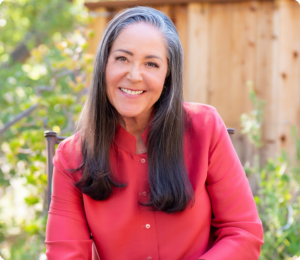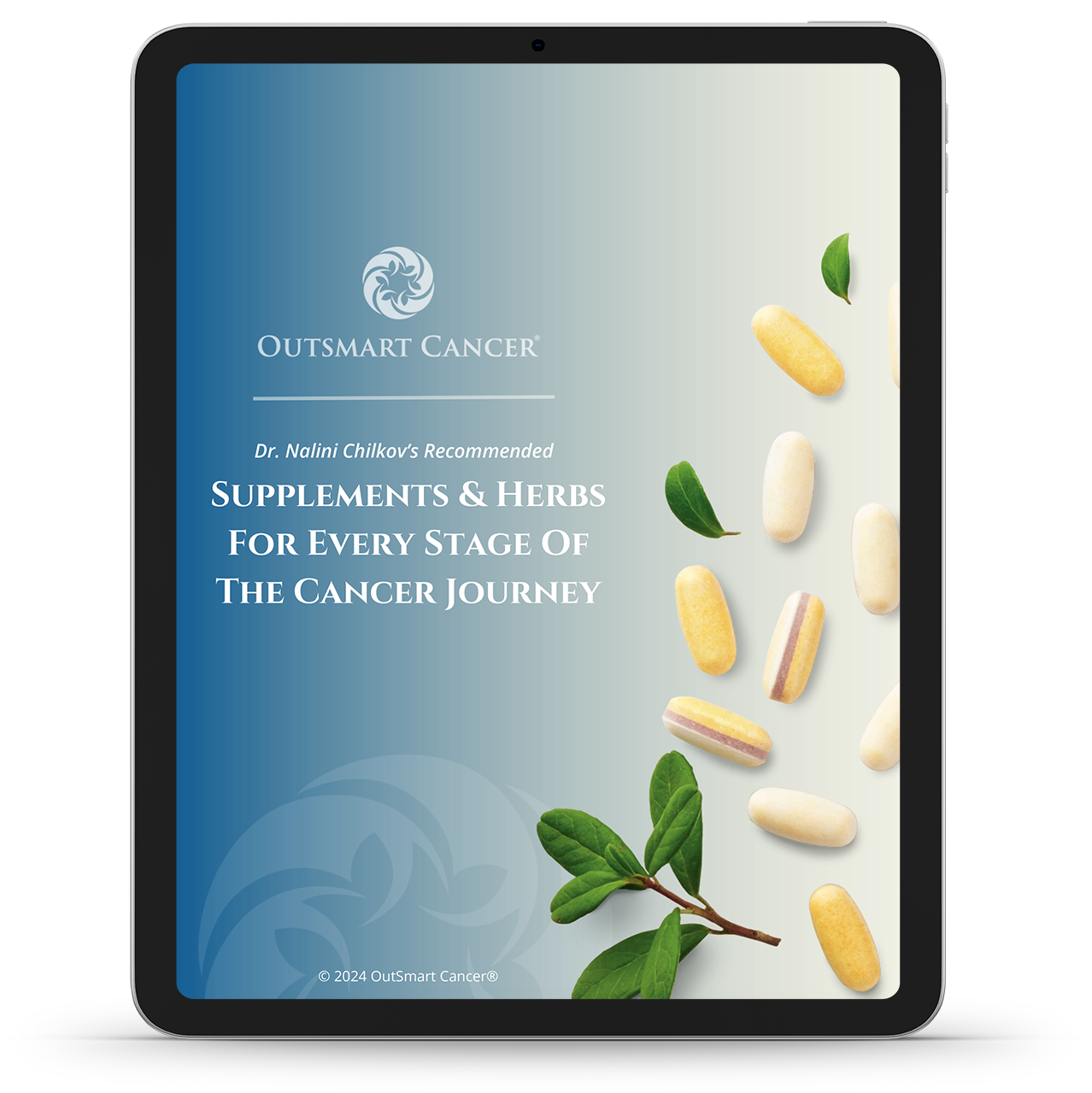 “Without risk there is no courage. Without fear there is no courage. Without challenging circumstances, there is no courage.
“Without risk there is no courage. Without fear there is no courage. Without challenging circumstances, there is no courage.
To be courageous is to be brave and to persevere in that bravery, moving toward our edge in a particular circumstance, navigating the discomfort of doing so with resolve. However much we might bend with the challenge of this, we don’t collapse. We may want to give up, but we don’t. Though no one else may see or recognize our struggle, we go on, even if we’re on our hands and knees.
Courage doesn’t always look like courage—at least as it’s commonly portrayed—but when we’re being courageous, we don’t care how we look. We just keep going, again and again finding the optimal pace.
To have courage is not only to have heart, but also guts, intestinal fortitude, spine. As such, courage is about taking embodied action no matter how much our knees might be shaking. And there’s a kind of love implicit in courage, the love of our own integrity, our standing up for what really matters.
However small the impact of our courage may be, it nonetheless radiates out, touching more than we can imagine.
Wanting to be seen as courageous is very different from being courageous. Many have a vicarious relationship with courage, especially spectacular courage. But courage is mostly far from spectacular, often taking shape in the form of activities that may seem mundane to others, not worthy of more than a fleeting glance.”
– Robert Augustus Masters




